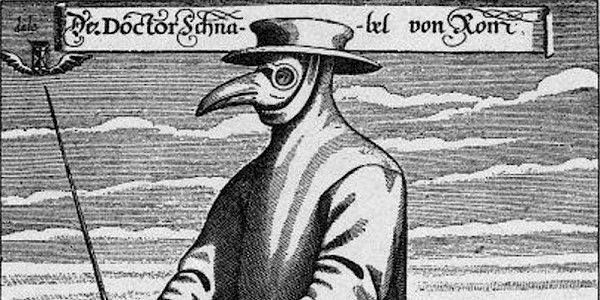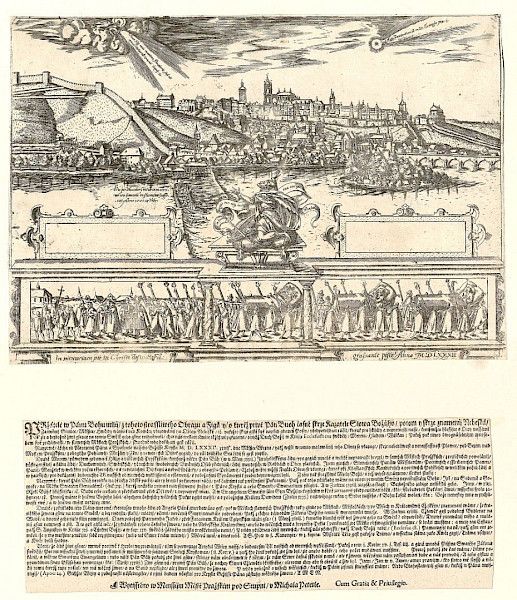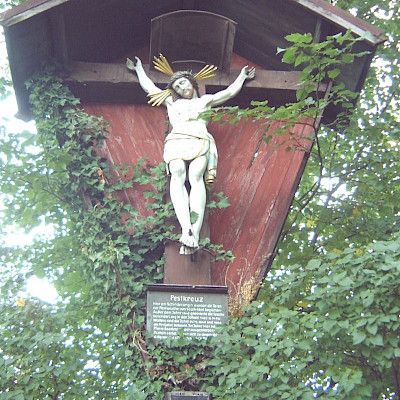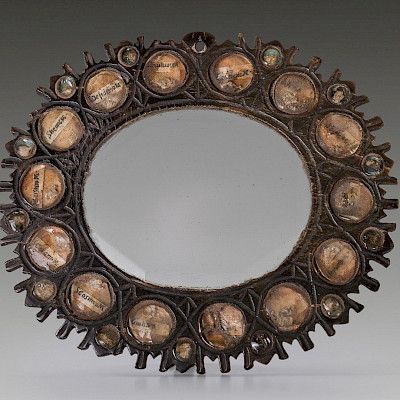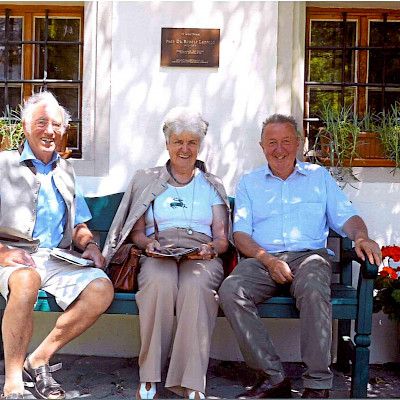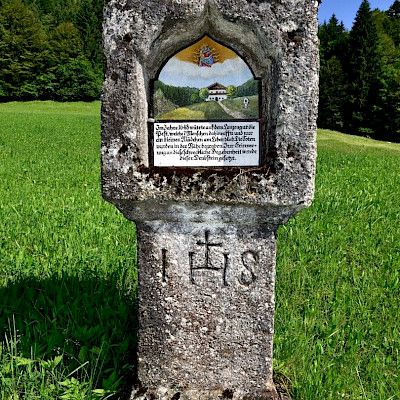Then and now
The achievements of modern medicine led us to the erroneous assumption that epidemics were under control and that a pandemic could no longer exist, but the Corona crisis has brought us back to reality.
However, by recognizing the how contagious the disease is, we can get it under control more easily and thus cope better with the spread of infectious diseases, e.g. through cross-border measures, than people did in former times, who, for example, were helplessly exposed to the plague.
The plague repeatedly came to the Mediterranean region through trade with the Orient. In times where there was less work to do, our ancestors brought salt to the south - on bridle paths over the Tauern mountains – and, on the way back, they brought wine, oils, spices, etc. to our country. Fleas were not uncommon in the simple lodgings that existed. With one bite, they transmitted the plague to people. Thus, through the trade, the scourge of God, as the pest used to be called, arrived in the Pinzgau region.
The course of events
In 1348, the plague raged particularly badly through Europe. It is estimated that one third of the population at the time died. From old land registers, it can be inferred that the landlords could not staff their farms for years due to lack of personnel.
From 1310 to 1715, severe plague epidemics were reported 15 times. Those who survived the plague were immune to it for life.
In 1462 and 1486, the plague apparently raged so badly that the whole parish almost died out. The survivors supposedly went cap in hand to Dürrnberg and brought a large candle. This candle is still being replaced with a new one every time it burns down.
At the beginning of April, a dangerous disease broke out in Neukirchen and Wald, which started with shivering fits, followed by high fever, headaches and heartaches, and after a few days the sick people died. The people who took care of them or those who lived under the same roof also fell ill after a few days and died soon afterwards.
The oldest news about the plague in Saalfelden dates to 1557. The citizens and farmers of the court in Saalfelden decided to build a house for the gravedigger, as there was a lack in gravediggers to cope with the many sudden deaths due to the plague. Moreover, gravediggers were particularly in danger in times of the plague. Because they handled the transport of the deceased, it usually didn’t take long until they too were infected. Chewing juniper berries and drinking plenty of schnapps was considered a protection.
The famous physician Theophrastus Bombastus von Hohenheim, known as Paracelsus, died in Salzburg in 1541. He also devoted his attention to the symptoms of the plague.
In 1575, the court judge Hans Stöcklsteiner reported the outbreak of the plague in Saalfelden to the court of Salzburg. In 1635, about 1200 people fell victim to the plague in Oberpinzgau.
On 24 April 1635, the court of Mittersill described the outbreak of the plague:
At the beginning of April, a dangerous disease broke out in Neukirchen and Wald, which started with shivering fits, followed by high fever, headaches and heartaches, and after a few days the sick people died.
The people who took care of them or those who lived under the same roof also fell ill after a few days and died soon afterwards, for example, in two houses in Trattenbach as well as several gravediggers, amongst them a strong man who only served as a gravedigger for 14 days. The bumps and other signs of the plague were also noticeable in him.
There are again indications of the plague in Saalfelden in 1649. The number of deaths noted in the parish’s Book of the Dead increased in September. According to tradition, the plague broke out at Hinterburg and spread through Biberg and Schörhub in Saalfelden.
The funeral of a boy of Thor, who had carried a piece of clothing from Hinterburg to Thor, is recorded on 9 September. After further deaths in Hinterburg, the farmer’s wife was the last to be buried on 9 November.
In the same year, the Pest Cemetery in Saalfelden is also mentioned for the first time. Plague deaths were marked with a cross in the Book of the Dead and buried in individual craves at the Pest Cemetery, as confirmed by an excavation carried out in 1988. Our ancestory didn’t have any sympathy for mass graves, because it would be difficult for the “common man to keep the consecrated soil from their deceased, who were born catholic, baptized as Christians, and lived as Christians and Catholics”.
During the excavation in the crypt of the Saalfelden parish church in 1987, some burials covered with lime, i.e. of those who died of plague, were also revealed.
After the end of the epidemic, the residents of Lichtenberg, i.e. the whole area of Saalfelden, Urslau and Leogang, among others, built the Sebastiani altar in the parish church so that the “merciful God” would protect them from now on from the plague and other infectious diseases through the powerful intercession of St. Sebastiani and other patron saints. During the excavation in the crypt of the Saalfelden parish church in 1987, some burials covered with lime, i.e. of those who died of plague, were also revealed.
As medical research progressed, the importance of hygiene became more and more apparent. The dangers of contagion had already been known at the beginning of the 19th century. As early as 1802, the danger of rabies was recognized, the characteristics of epilepsy were described, vaccinations against smallpox started in 1814, and so on.
In the 19th century, the following epidemics were recorded in Saalfelden: in 1834, a Ruhr epidemic raged; 19 of the 339 people suffering from scarlet fever died in the Saalfelden area in 1838, and 10 of 76 in 1839.
Between 1867 and 1873, 43 people died of smallpox and between 1882 and 1883, 9 people died of typhoid fever.
Despite great advances in medicine, infectious diseases, such as Covid-19, still present us with almost insoluble problems.
A contribution by Alois Eder
colleague and friend of the Leogang Mining and Gothic Museum
